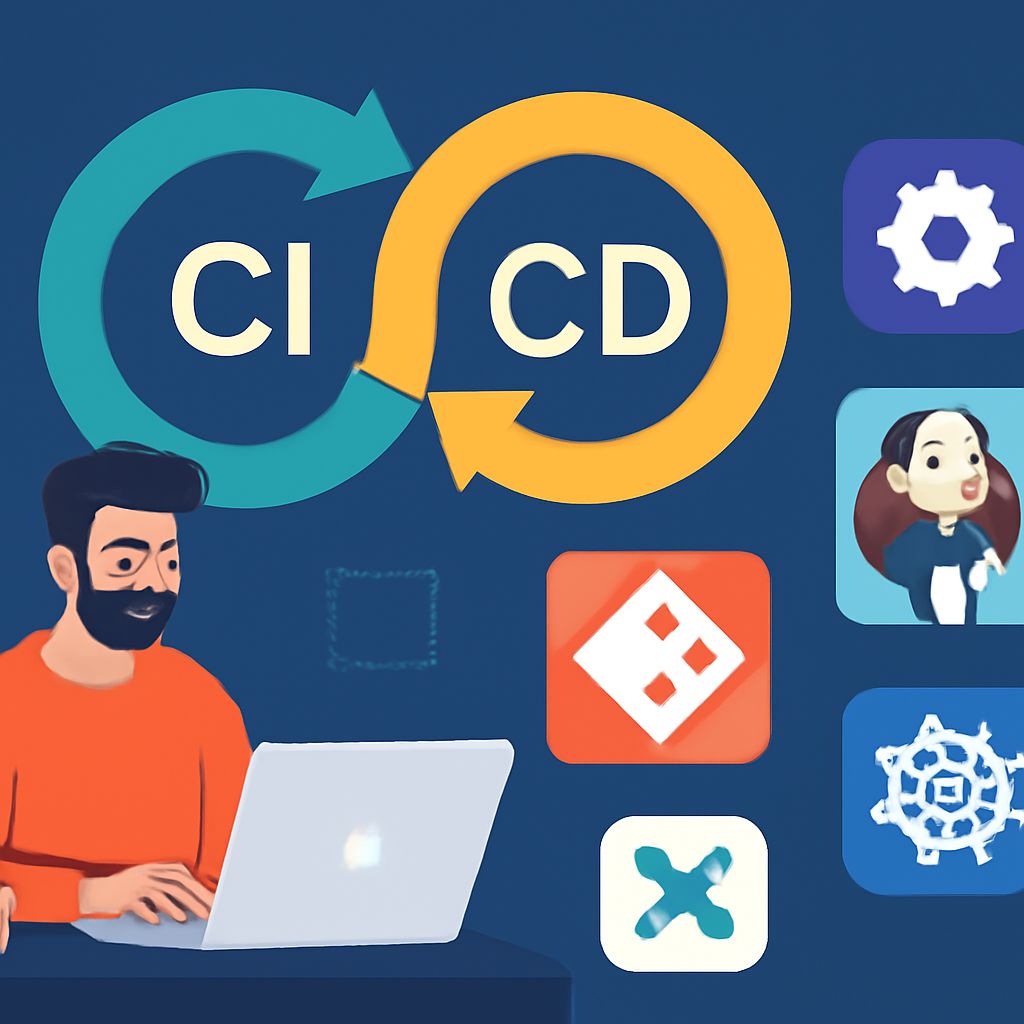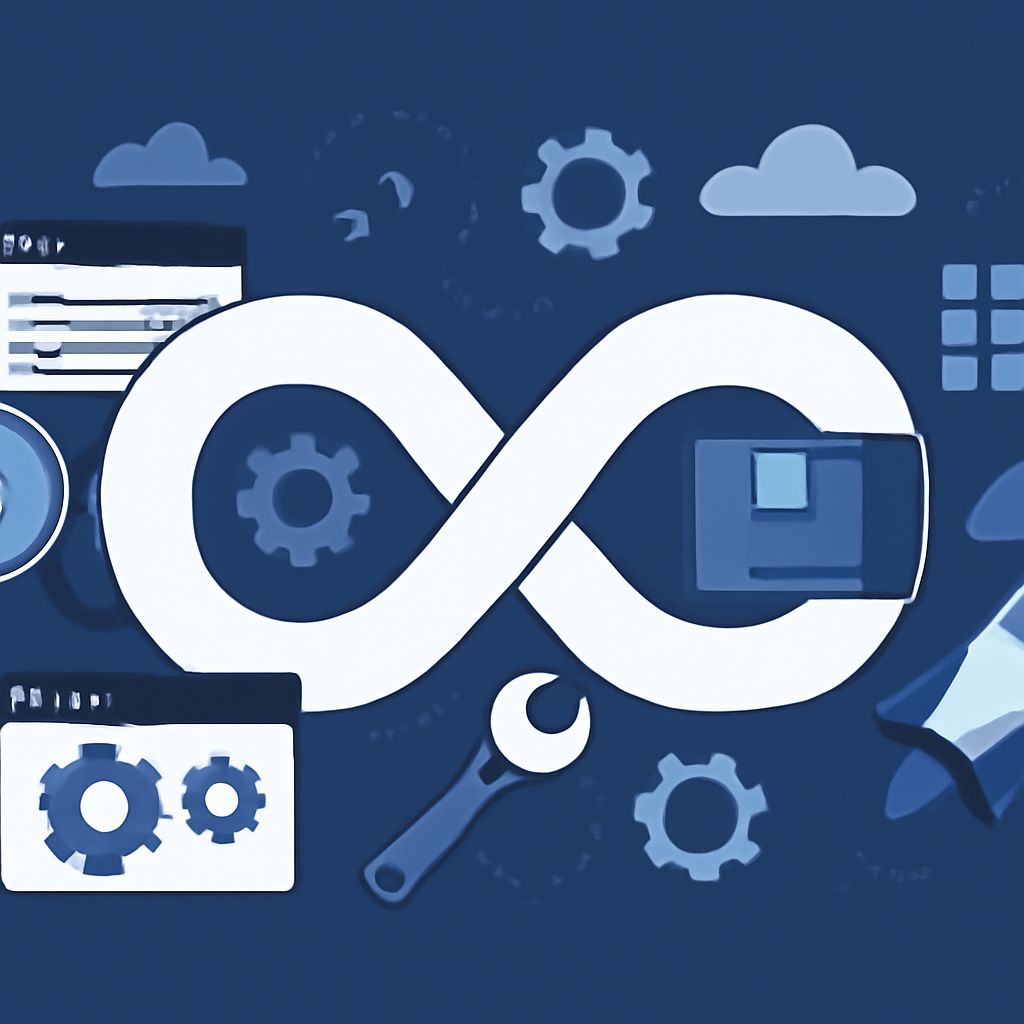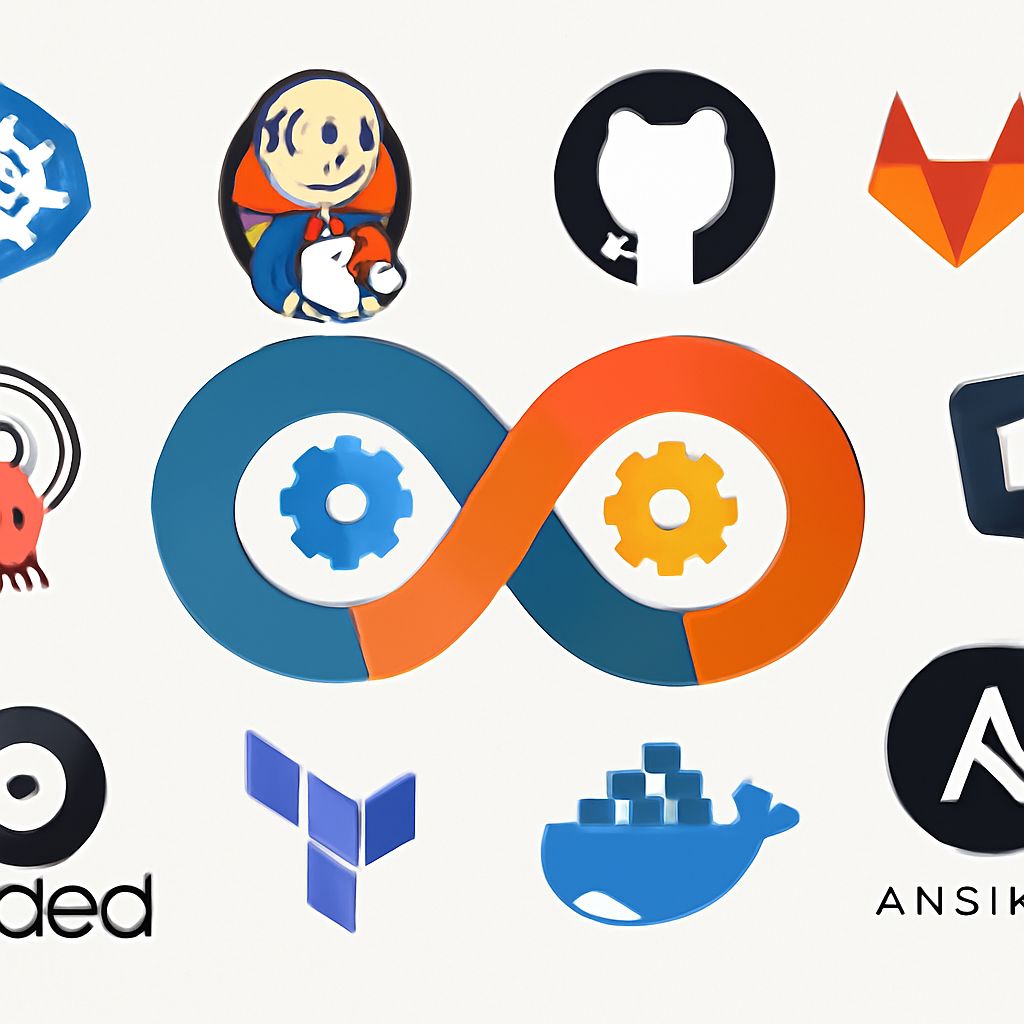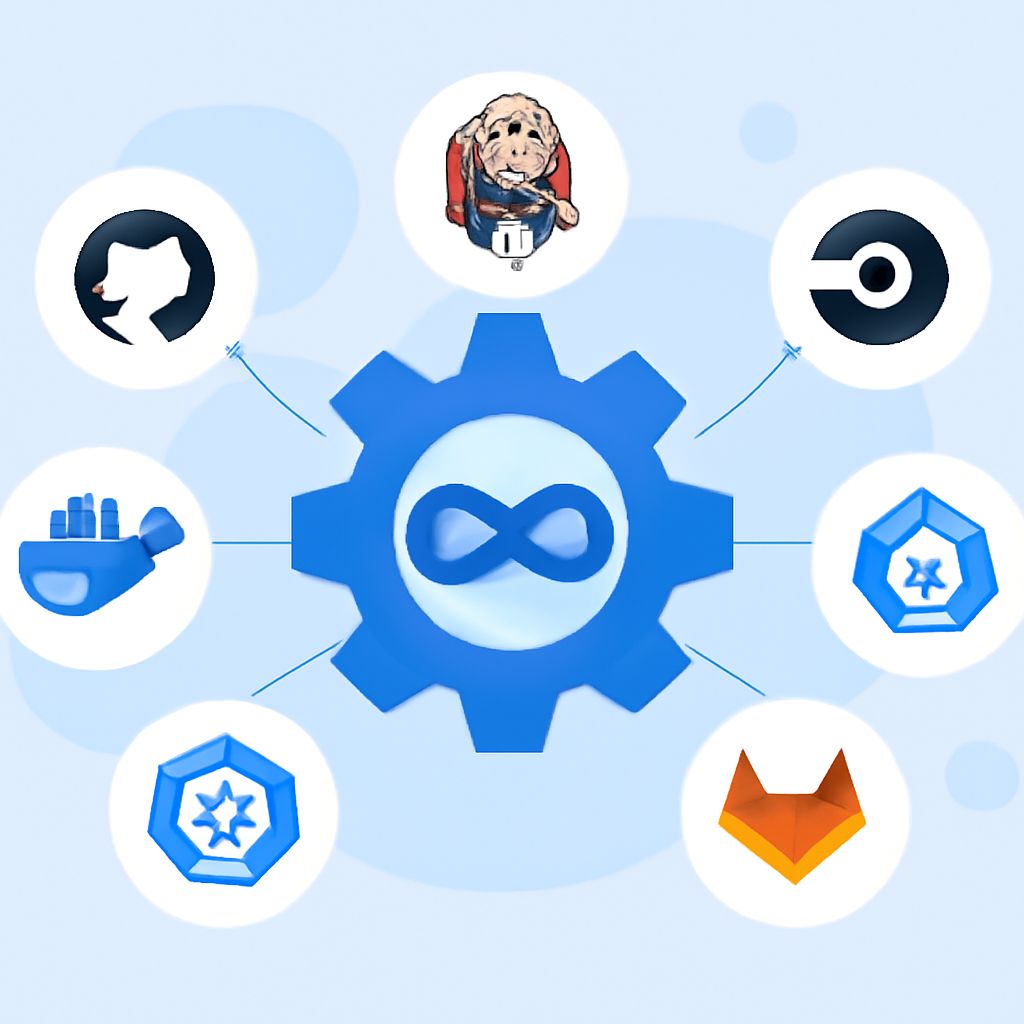Master CI/CD with These DevOps Tools 2025
The landscape of DevOps and Continuous Integration/Continuous Deployment (CI/CD) is rapidly evolving. As organizations increasingly rely on automation to streamline their development processes, the demand for effective tools becomes paramount. In 2025, mastering CI/CD with the right tools is essential for any software development team aiming for efficiency, reliability, and speed. This article explores the most impactful DevOps tools for CI/CD, their features, and best practices for implementation.
What is CI/CD?
CI/CD refers to the set of practices that enable development teams to deliver code changes more frequently and reliably. CI (Continuous Integration) involves automatically testing and merging code changes to a shared repository, while CD (Continuous Deployment) encompasses the automatic deployment of those changes to production, ensuring quick and efficient delivery of updates. The combination of CI and CD focuses on improving software quality and reducing the time it takes to deliver new features and fixes.
Why CI/CD is Essential
- Faster Release Cycles: Automation of testing and deployment accelerates the release of new features.
- Improved Quality: Automated testing processes lead to early detection of defects, resulting in higher quality software.
- Better Collaboration: CI/CD encourages collaboration between development and operations teams, promoting a culture of shared responsibility.
- Increased Efficiency: By reducing manual tasks, teams can focus on higher-value activities and innovation.
Key CI/CD Tools for 2025
With many CI/CD tools available, selecting the right ones for your organization can be daunting. Here are some of the most popular and effective tools that will dominate the CI/CD landscape in 2025:
1. Jenkins
Jenkins remains one of the most widely used open-source automation servers. It offers numerous plugins to support building, deploying, and automating software development tasks. Its extensibility allows teams to customize their CI/CD pipelines efficiently.
2. GitLab CI/CD
GitLab provides a complete DevOps platform that includes source code management, CI/CD, and monitoring. GitLab CI/CD is integrated directly into the GitLab interface, allowing teams to manage their entire development lifecycle within one platform.
3. CircleCI
CircleCI is known for its speed and efficiency. It supports multiple programming languages and integrates seamlessly with popular version control systems. CircleCI’s configurations can be managed via YAML files, making it easy to set up and customize.
4. Travis CI
Travis CI is a cloud-based CI service that works seamlessly with GitHub. It automatically runs tests on the code after each commit, making it easier for developers to identify issues early in the development process.
5. Azure DevOps
Microsoft’s Azure DevOps provides a comprehensive set of development tools, including Azure Pipelines for CI/CD. It enables teams to automate builds, tests, and deployments across multiple cloud platforms.
6. Bamboo
Developed by Atlassian, Bamboo integrates well with JIRA and Bitbucket. It offers a robust pipeline management system, making it easy for teams to visualize their deployment processes.
7. GitHub Actions
GitHub Actions allows developers to define workflows for their repositories directly within GitHub. This tool provides an automated way to build, test, and deploy code, making it a powerful addition to the CI/CD toolkit.
Comparison of CI/CD Tools
| Tool | Type | Key Features | Best For |
|---|---|---|---|
| Jenkins | Open Source | Extensible via plugins, customizable pipelines | Large teams with complex needs |
| GitLab CI/CD | Integrated | Unified DevOps platform, built-in CI/CD | Teams seeking an all-in-one solution |
| CircleCI | Cloud-Based | Fast builds, YAML configuration | Startups and small teams needing speed |
| Travis CI | Cloud-Based | GitHub integration, easy setup | Open-source projects on GitHub |
| Azure DevOps | Integrated | Pipeline automation, multi-cloud support | Enterprise teams using Microsoft products |
| Bamboo | Proprietary | Integration with Atlassian tools | Teams already using Atlassian products |
| GitHub Actions | Integrated | Workflows in GitHub, flexible automation | Developers heavily using GitHub |
Best Practices for Implementing CI/CD
Adopting CI/CD tools without best practices can lead to ineffective processes. Here are some best practices to consider:
- Start Small: Begin with a simple CI/CD pipeline and gradually add complexity as the team becomes proficient.
- Automate Testing: Implement automated tests at multiple levels (unit, integration, system) to ensure quality throughout the development process.
- Monitor Performance: Use monitoring tools to track the performance of your CI/CD pipelines and identify bottlenecks.
- Foster a Culture of Collaboration: Encourage communication and collaboration between development and operations teams to enhance the CI/CD process.
- Iterate Regularly: Continuously improve your CI/CD processes by gathering feedback and analyzing performance metrics.
Conclusion
Mastering CI/CD in 2025 is essential for any organization that wants to remain competitive in the fast-paced world of software development. By utilizing the right tools and following best practices, teams can achieve faster release cycles, improved quality, and better collaboration. Whether you choose Jenkins, GitLab CI/CD, CircleCI, or any other tool, the key lies in understanding your team’s needs and selecting a solution that aligns with your goals. As the DevOps landscape continues to evolve, staying informed about emerging tools and techniques will ensure your CI/CD processes are efficient and effective.
FAQ
What is CI/CD and why is it important in DevOps?
CI/CD stands for Continuous Integration and Continuous Deployment, which are practices that automate the integration and delivery of code changes. They are important in DevOps because they enhance collaboration, improve software quality, and speed up the release process.
What are some popular CI/CD tools for DevOps in 2025?
Some popular CI/CD tools for 2025 include Jenkins, GitLab CI, CircleCI, Travis CI, and Azure DevOps, each offering unique features for automating the development pipeline.
How can I choose the right CI/CD tool for my team?
To choose the right CI/CD tool, consider factors like team size, project complexity, integration capabilities, ease of use, and budget. It’s also beneficial to evaluate tools based on their support for your existing technology stack.
What are the benefits of implementing CI/CD in my organization?
Implementing CI/CD can lead to faster release cycles, reduced risk of deployment failures, improved collaboration among team members, and increased customer satisfaction through quicker delivery of features and fixes.
How can I get started with CI/CD in my development process?
To get started with CI/CD, begin by selecting a CI/CD tool, define your workflow, set up version control, and automate testing and deployment processes. Gradually iterate and improve your pipeline based on feedback and performance metrics.
What challenges might I face when adopting CI/CD practices?
Challenges when adopting CI/CD practices can include resistance to change, the complexity of tool integration, training team members, and ensuring proper security measures are in place throughout the deployment pipeline.




